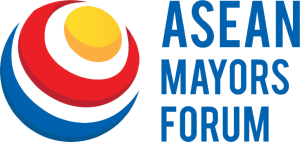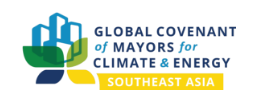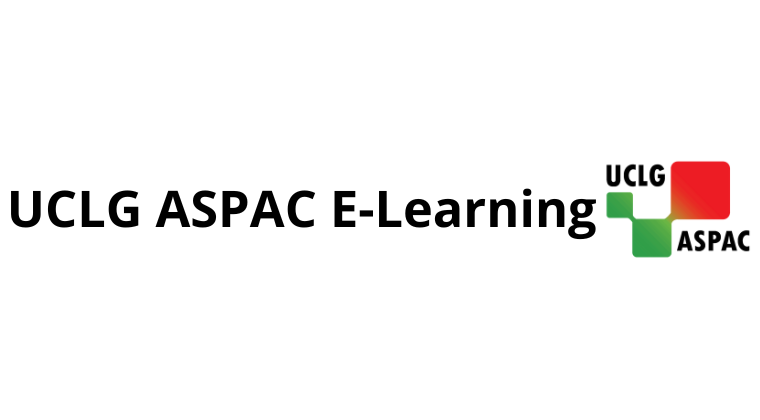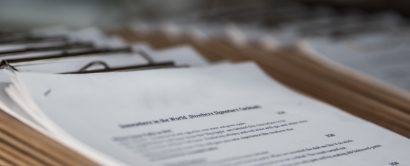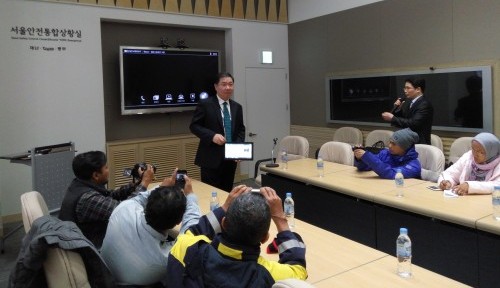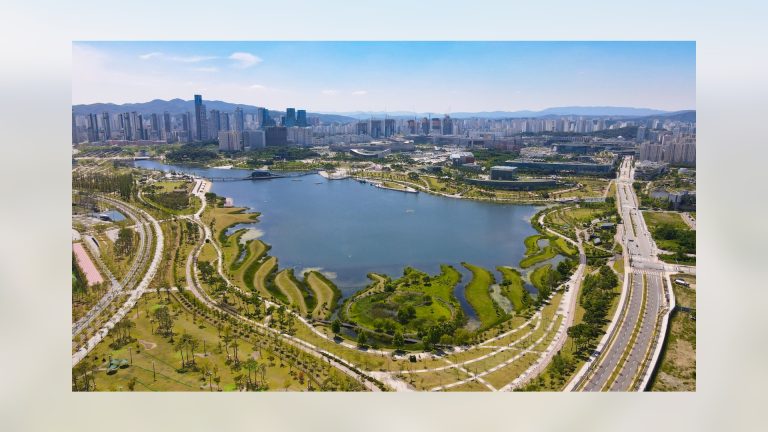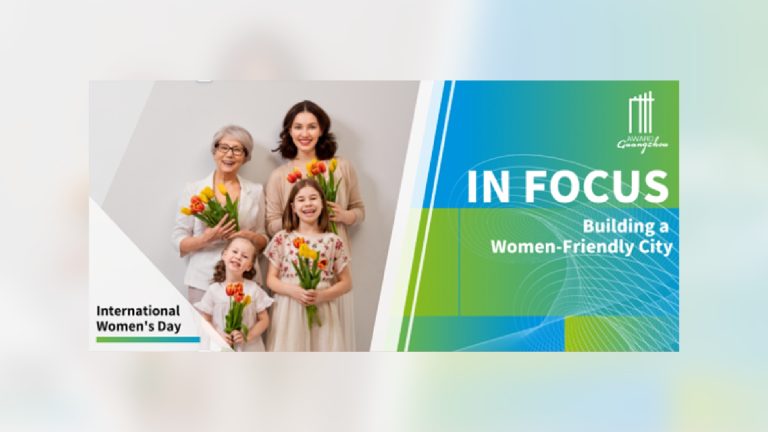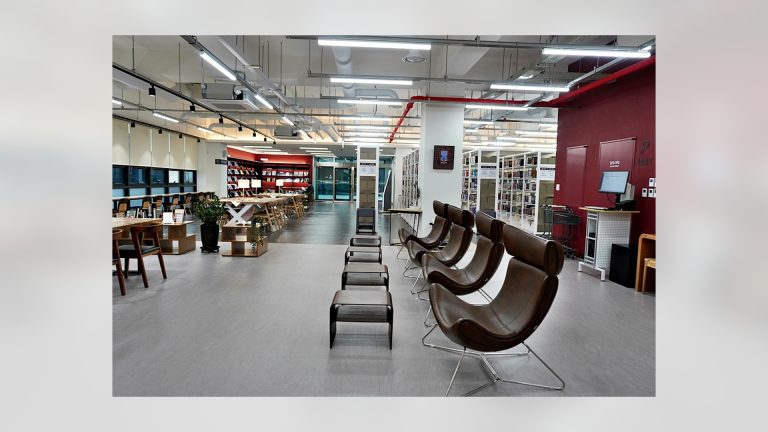AS a modern country, the Republic of Korea has become one of the most captivating cities in Asia. Its historical background and character is described as modernized yet friendly. Seoul’s IT-based urban transport system has gained worldwide recognition. Its capital city of Seoul –the hub of Korean politics, finance, business, fine arts, society — has been viewed as a model where people could learn good urban practices.
Seoul is a city where the past and the present peacefully and harmoniously coexist. It is a great city where a starting point for modernity could generate, a place of breathtaking views. It is full of stories, the right place where people could learn good things, mostly in the urban transportation management system.
It is in this context that 21 Indonesian journalists from Surakarta in Central Java decided to go to Seoul from 12-16 December 2015 for a cause. This media trip to Seoul was intentionally designed to learn the outstanding practices in the Korean capital city and how Seoul Metropolitan Government has succesfully created a very modern urban transport system to serve its roughly ten million citizens with a user-friendly smart card affectionately known as T-Money.
This media trip to Seoul is designed by Surakarta City Government in cooperation with Seoul Metropolitan Government and UCLG ASPAC.
Real-time spot
Seoul Transport Operation and Information Service (TOPIS) was the first site visited by the group. Located in a special operation room in Seoul Metropolitan City Government’s office compound, TOPIS is full of stories to learn about.
Two inspiring presentations were delivered by Mr. YoungGye Yang from TOPIS’s Transportation Information Center and later on by Mr. Jo Seounho, the team leader of Smart Transportation Team. What could be learnt from TOPIS is the fact that this facility could gather and process real-time information to enable the city to efficiently manage road and subway train traffic. Through a wide screen video monitor, anything happening in the street is easily monitored and quick response could also be done to address any urgent matters including traffic accidents, parking infringements, etc.
Traffic policy in Seocho-gu Office becomes the next destination where the Indonesian media journalists could learn on renewable energy solution, green alternative transportation with bike-sharing system, and sharing residential parking spaces through smart phone use. According to Ms. Myeong-mee Lee, Seocho-gu is the world’s first city to use the so-called photovoltaic power in bus and taxi shelters.
Cheonggyecheon’s stream
Cheonggyecheon is another interesting spot in the heart of the capital city. Its historical background is full of lessons to be learned by urban planners and citizens alike, mainly when a brave decision was made in 2003 to destroy the existing 5.8 km concrete elevated highway established in 1968. Despite much protest of Seoul city-dwellers, this huge urban rehabilitation project known by its nickname “5.8 km Revolution” was finally completed by Seoul Mayor Lee Myung-bak in September 2005.
Indonesian journalists from Surakarta were greatly impressed by the historical footage of this Seoul’s benchmark project as it is well shown in the Cheong Gye Cheon Museum. No matter what the season is, Cheonggyecheon Stream is a marvelous place to visit. It is right here –in the heart of Seoul– that everybody can stroll along the river with its clear and clean water to enjoy cultural events that happen regularly around this place.
Cheonggyecheon’s Stream is another good example from the Seoul City Government on providing an eco-green tourist spot with clean and unpolluted water in the middle of a crowded and bustling city.
Project 7017
After visiting Seoul Central Station and Bus Express Terminal as good examples of integrated urban transportation system, the Indonesian media journalists met Ms. Lee Joo Young from Project 7017. From her, the Indonesian entourage learned about urban rehabilitation to change the elevated highway into an eco-green environment. According to Ms. Lee, the decision to stop the traffic in this elevated highway was recently done last 13 December, two days earlier before the arrival of this Indonesian delegation in the project site.
It is called 7017 because the existing elevated highway was established in 1970 and this huge project of urban rehabilitation is expected to be completed in 2017.
This Indonesian media trip from Surakarta to Seoul would not have been successful without the support of Mr. Seo Sung Ryul, manager of the Global Urban Partnership Division of Seoul Metropolitan Government, and Mr. Youngyu Kang from Seoul Human Resource Development Center and now a secondee in UCLG ASPAC.
UCLG ASPAC’s transportation specialist Tory Damantoro and UCLG ASPAC’s Media and Communication Manager Mathias Hariyadi also joined and prepared this trip. (MH)

